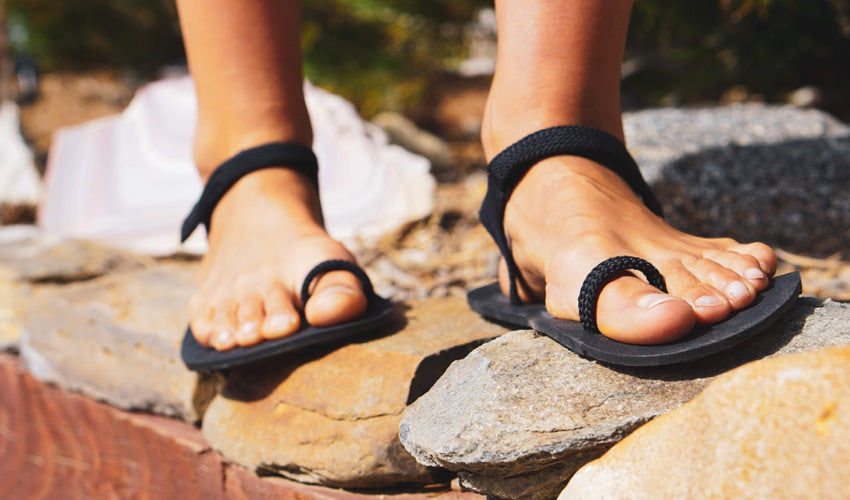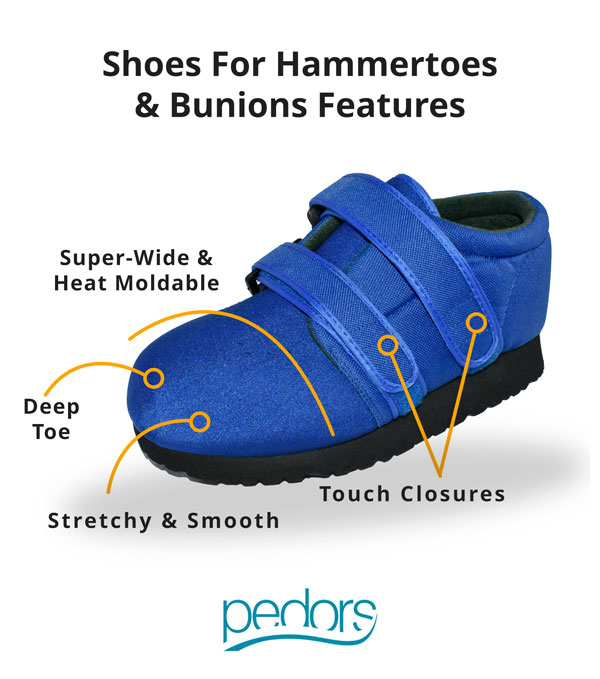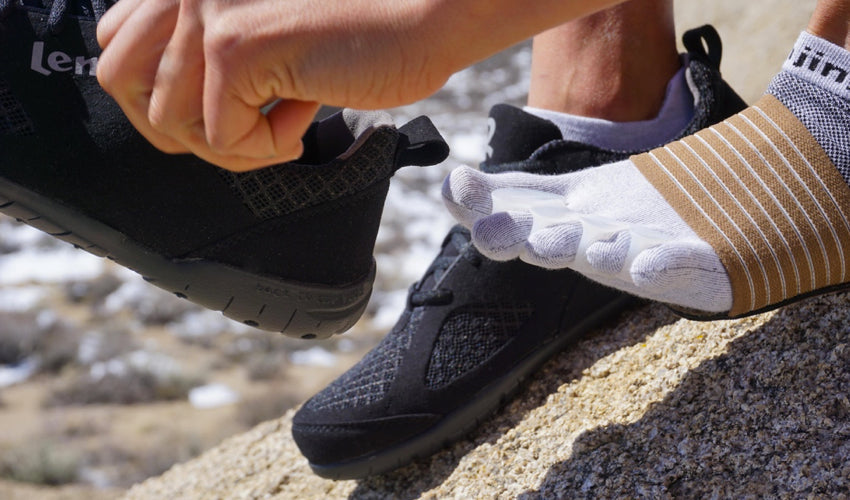Are you tired of dealing with the constant discomfort caused by hammer toes and bunions? If so, you’re not alone. Many individuals struggle with these common foot problems, which can be exacerbated by wearing the wrong types of shoes. In this comprehensive guide, we will explore the best shoes for hammer toes and bunions, tips for finding the right fit, and technologies designed to alleviate discomfort.
Understanding Hammer Toes and Bunions
Before we dive into the shoe options available, let’s take a moment to understand what hammer toes and bunions are, along with their symptoms and causes.
What are Hammer Toes?
Hammer toes occur when the middle joint of the toe bends downward, resulting in a claw-like appearance. This condition often causes discomfort and difficulty in finding properly fitting shoes.
Symptoms of Hammer Toes:
- Pain or discomfort in the toe or foot
- Swelling or redness around the affected joint
- Calluses or corns on the top of the middle joint
What are Bunions?
Bunions are bony bumps that form at the base of the big toe, causing the toe to point inward towards the other toes. This misalignment can lead to considerable discomfort, especially while wearing certain shoes.

Symptoms of Bunions:
- Soreness or pain at the base of the big toe
- Redness and inflammation around the bunion
- Difficulty finding shoes that fit comfortably
Choosing the Right Shoes for Hammer Toes and Bunions
Choosing the right shoes is crucial for managing the discomfort associated with hammer toes and bunions. Here are some essential factors to consider:
Key Features to Look For:
- Width: Shoes with a wider toe box can help accommodate the natural shape of your foot.
- Arch Support: Good arch support is essential for preventing and alleviating foot pain.
- Soft Materials: Shoes made from soft materials can reduce friction and irritation on affected areas.
- Adjustable Straps: Shoes with adjustable features can provide a custom fit for added comfort.
Types of Shoes to Consider
When looking for shoes that cater to hammer toes and bunions, consider the following options:

1. Sneakers
Well-cushioned sneakers with a roomy toe box are excellent for everyday wear. Look for brands that focus on comfort, such as New Balance and Brooks.
2. Orthopedic Shoes
These shoes are specifically designed to alleviate foot pain. Brands like Orthofeet and Vionic specialize in orthopedic solutions.

3. Sandals
Summer footwear should also prioritize comfort. Choose sandals with adjustable straps and arch support, like those from Teva or Birkenstock.
4. Formal Shoes
For formal occasions, consider shoes from brands like Naturalizer or Clarks that offer elegance without sacrificing comfort.

Top Brands Offering Shoes for Hammer Toes and Bunions
Here’s a comparison table of top brands known for providing stylish and comfortable footwear for hammer toes and bunions:
| Brand | Type of Shoes | Key Features | Price Range |
|---|---|---|---|
| New Balance | Sneakers | Soft cushioning, wide toe box | $65 – $180 |
| Orthofeet | Orthopedic | Arch support, adjustable features | $100 – $200 |
| Teva | Sandals | Adjustable straps, cushioned footbed | $50 – $120 |
| Nike | Sneakers | Lightweight, supportive | $70 – $250 |
| Clarks | Formal Shoes | Classic styles, comfort focus | $80 – $150 |
| Vionic | Orthopedic | Podiatrist-designed, stylish | $70 – $200 |

Additional Tips for Managing Hammer Toes and Bunions
1. Stretching and Strengthening Exercises
Engaging in foot exercises can help strengthen the muscles in your feet and improve flexibility.
Recommended Exercises:
- Toe stretches
- Marble pickup (using toes)
- Foot doming (lifting the arch with toes on the ground)

2. Custom Orthotics
Consider consulting with a podiatrist about custom orthotic insoles tailored to your foot structure and needs. These can provide additional support and alignment.
3. Regular Foot Care
Maintain proper foot hygiene and check for the early signs of bunions or hammer toes. Early intervention is key to managing discomfort.

Foot Care Tips:
- Keep feet clean and dry
- Moisturize to prevent cracks
- Trim nails straight to avoid ingrown toenails
Pros and Cons of Various Shoe Types
Comparison of Shoe Types
| Shoe Type | Pros | Cons |
|---|---|---|
| Sneakers | Comfortable, versatile, various styles | Can be bulky, less formal |
| Orthopedic Shoes | Tailored support, highly comfortable | Can lack style, higher price |
| Sandals | Cooling, easy to wear | Less protection, limited support |
| Formal Shoes | Stylish, professional appearance | Less comfort, can aggravate foot issues |
Technologies Helping with Foot Pain
Modern shoe technology has made significant strides in improving comfort for those with hammer toes and bunions. Here are some notable innovations:
1. Memory Foam Insoles
Memory foam molds to the shape of your foot, providing personalized cushioning and support.
2. Gel Cushioned Soles
Gel soles provide shock absorption, crucial for reducing the impact on your feet while walking.
3. Breathable Fabrics
Integrated breathable materials promote airflow, keeping feet cool and dry, which is essential for foot health.
Local Resources and Services
If you’re in the USA, consider consulting local podiatrists or foot specialists for personalized recommendations. Many major cities have foot clinics specializing in bunion and hammer toe treatments. You can also find custom orthotics and specialized shoes at local orthopedic supply stores. Resources like the American Podiatric Medical Association offer valuable information on foot health.
Frequently Asked Questions (FAQs)
What type of shoes should I avoid if I have hammer toes or bunions?
Avoid narrow shoes, high heels, and shoes with rigid soles that place excessive pressure on your toes.
Can I wear regular shoes with bunions?
While you can wear regular shoes, it’s essential to choose those with a wider toe box and soft materials to minimize discomfort.
How often should I replace my shoes if I have bunions or hammer toes?
It’s best to replace your shoes every 6-12 months, especially if you notice signs of wear or if they no longer provide adequate support.
Are there any home remedies for relieving pain from hammer toes and bunions?
Applying ice packs, using over-the-counter pain medication, and soaking your feet can provide temporary relief, but it’s essential to consult a healthcare professional for long-term solutions.
Where can I find shoes designed for hammer toes and bunions online?
Online retailers such as Orthofeet, Vionic, and Birkenstock offer a variety of options specifically designed for comfort and support.
Conclusion
Finding the right shoes for hammer toes and bunions is crucial for comfort and overall foot health. By understanding your options and the features that promote comfort, you can make informed decisions that enhance your quality of life. Explore the top brands mentioned, consider custom orthotics, and don’t hesitate to consult a healthcare professional for personalized advice. Your feet deserve it!
For more detailed information on foot health, check out the American Podiatric Medical Association Foot Health resources.